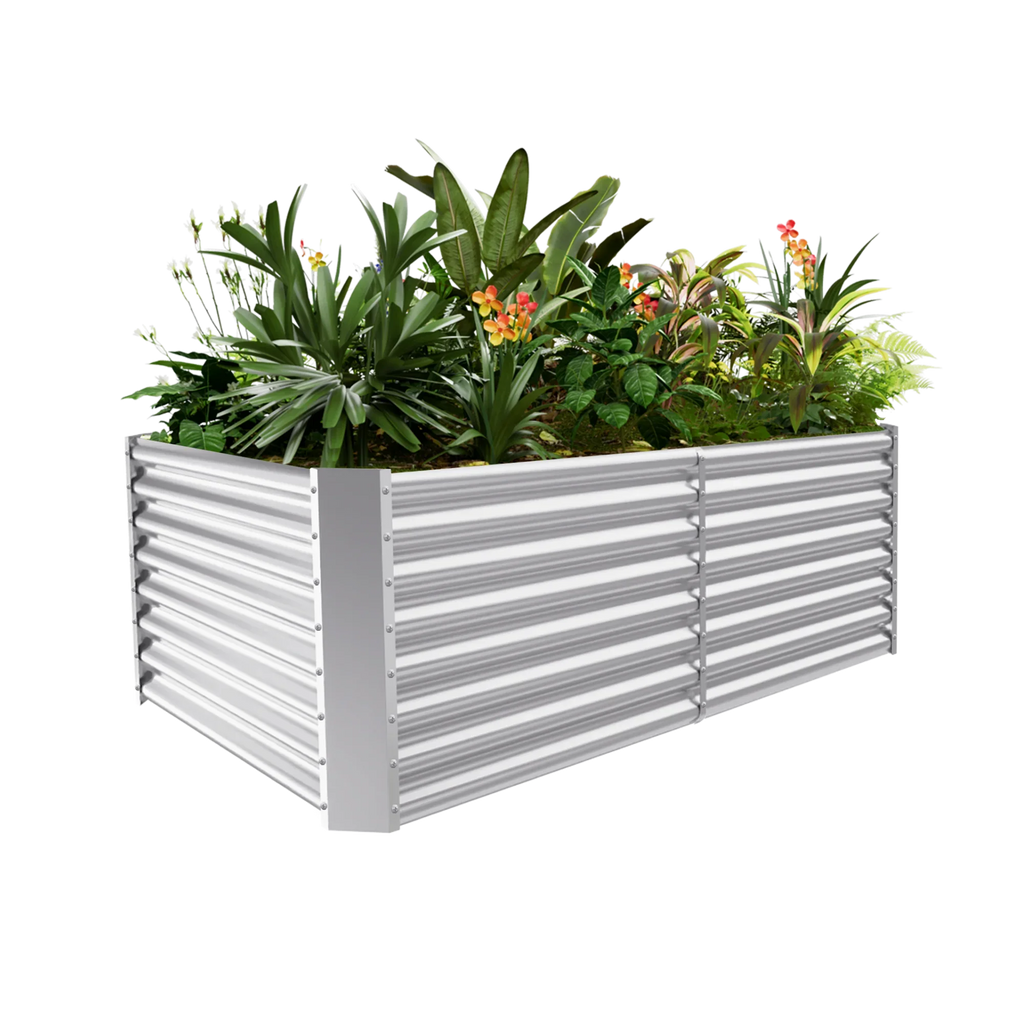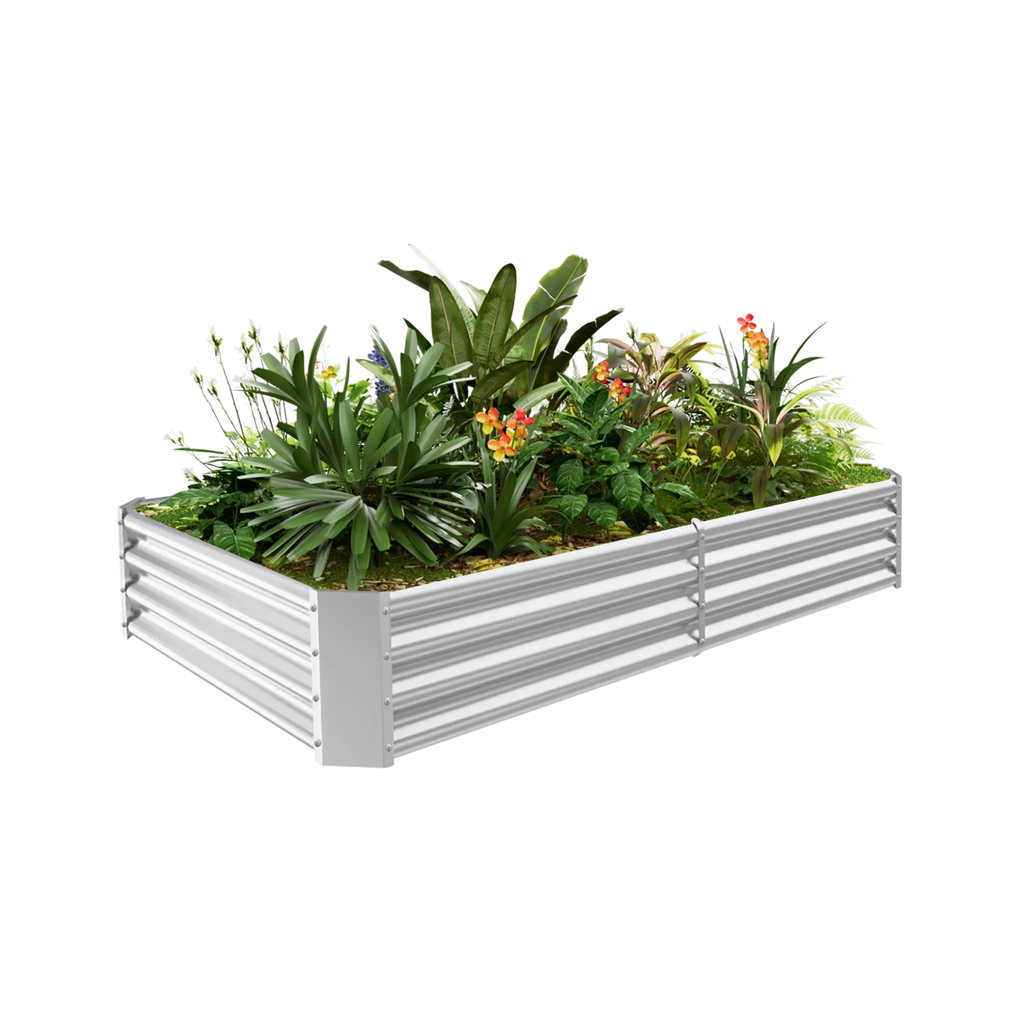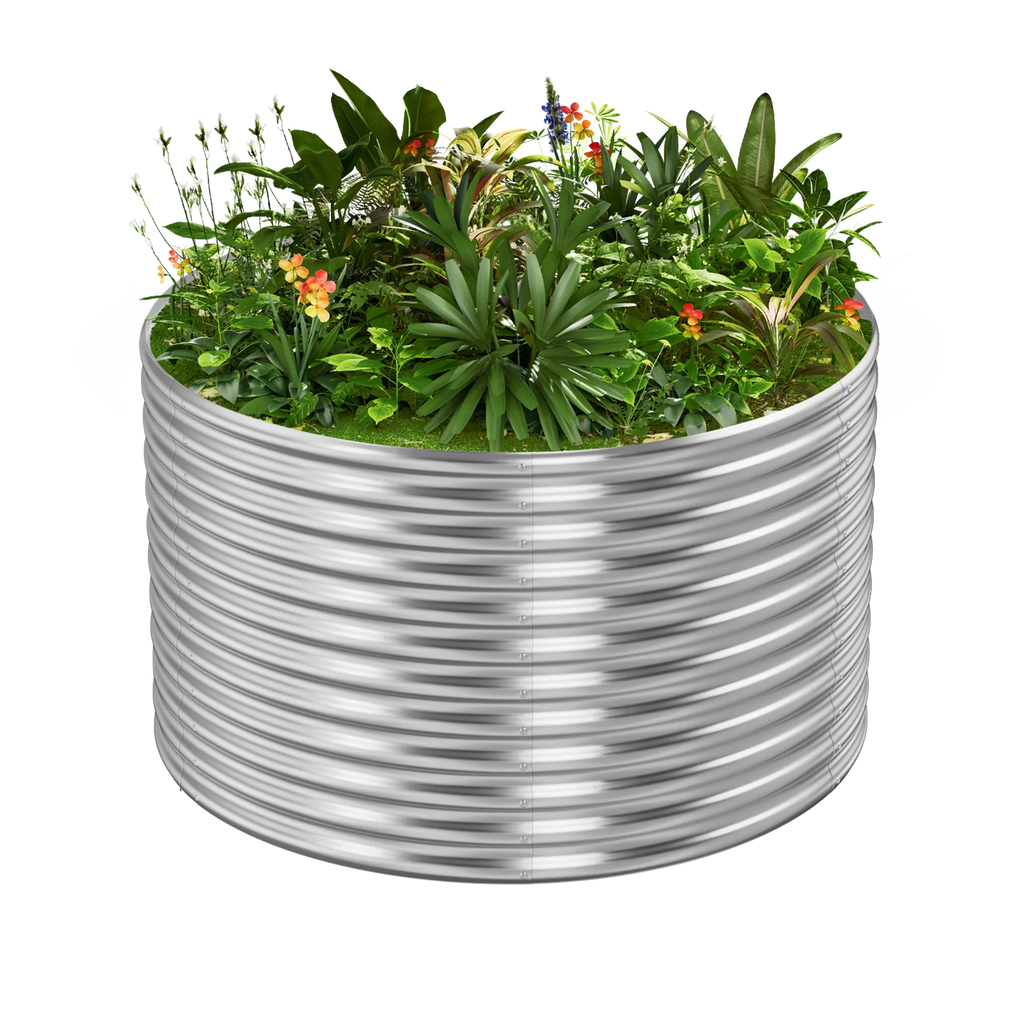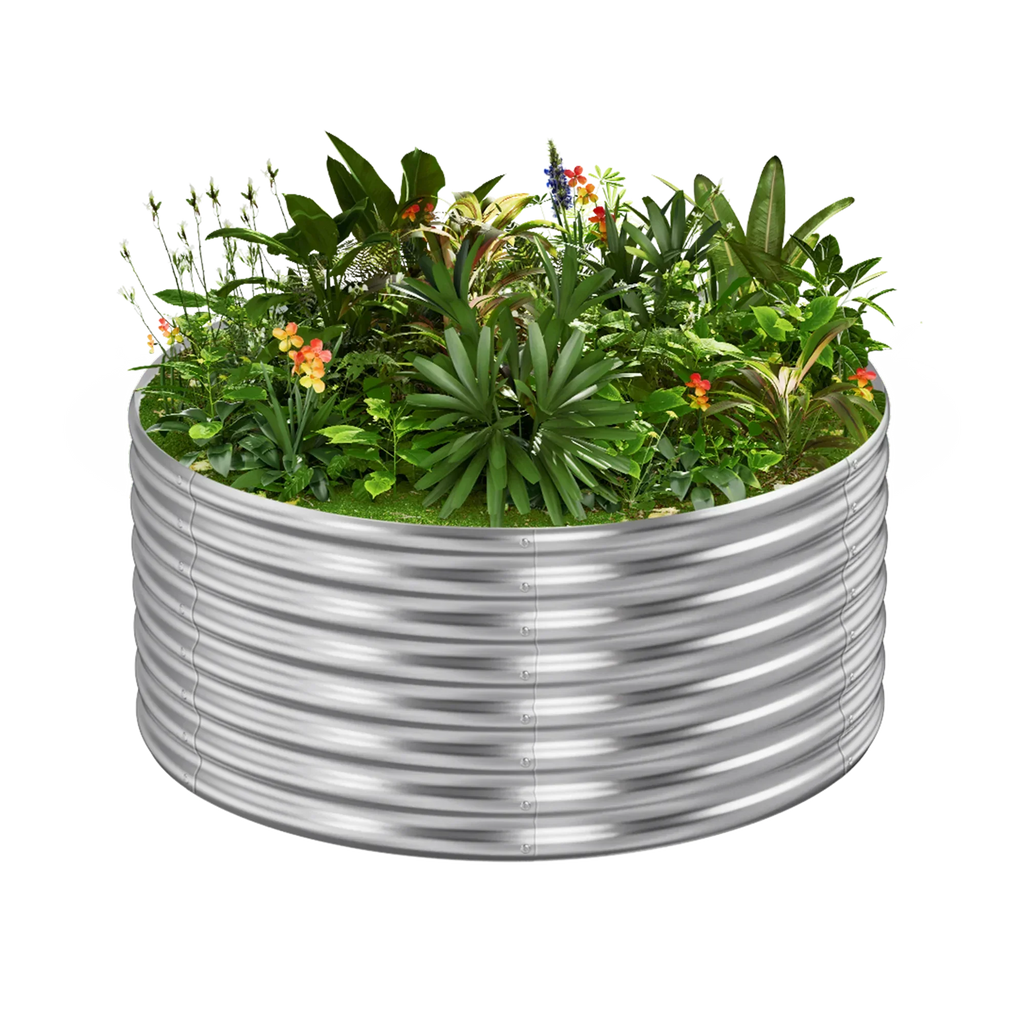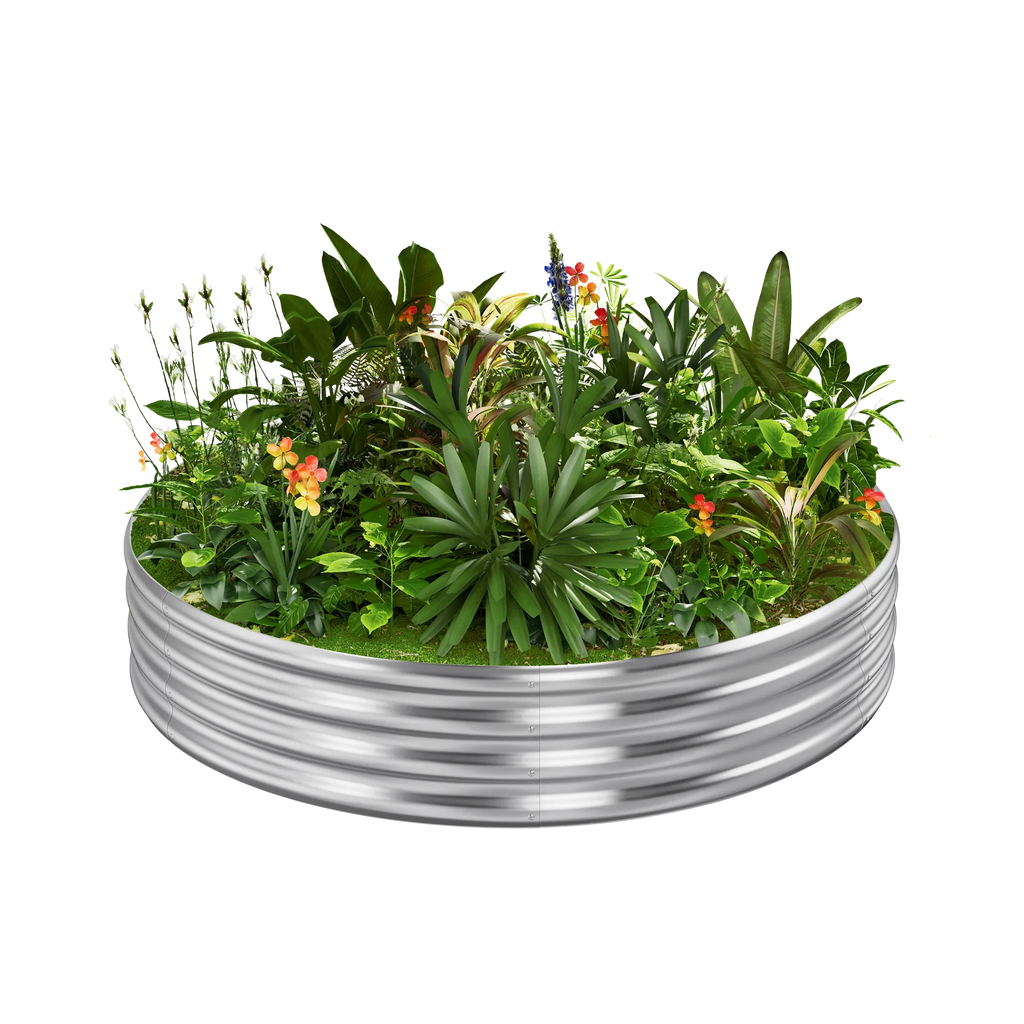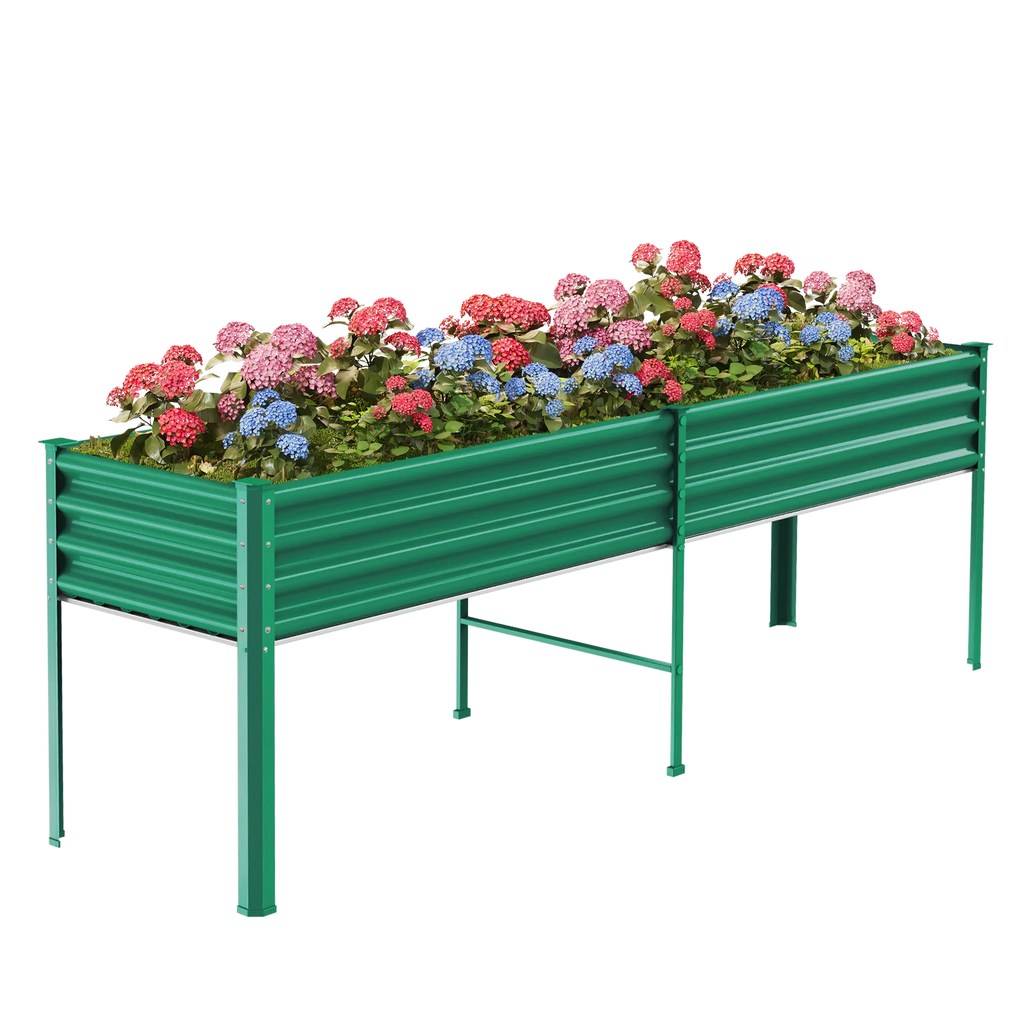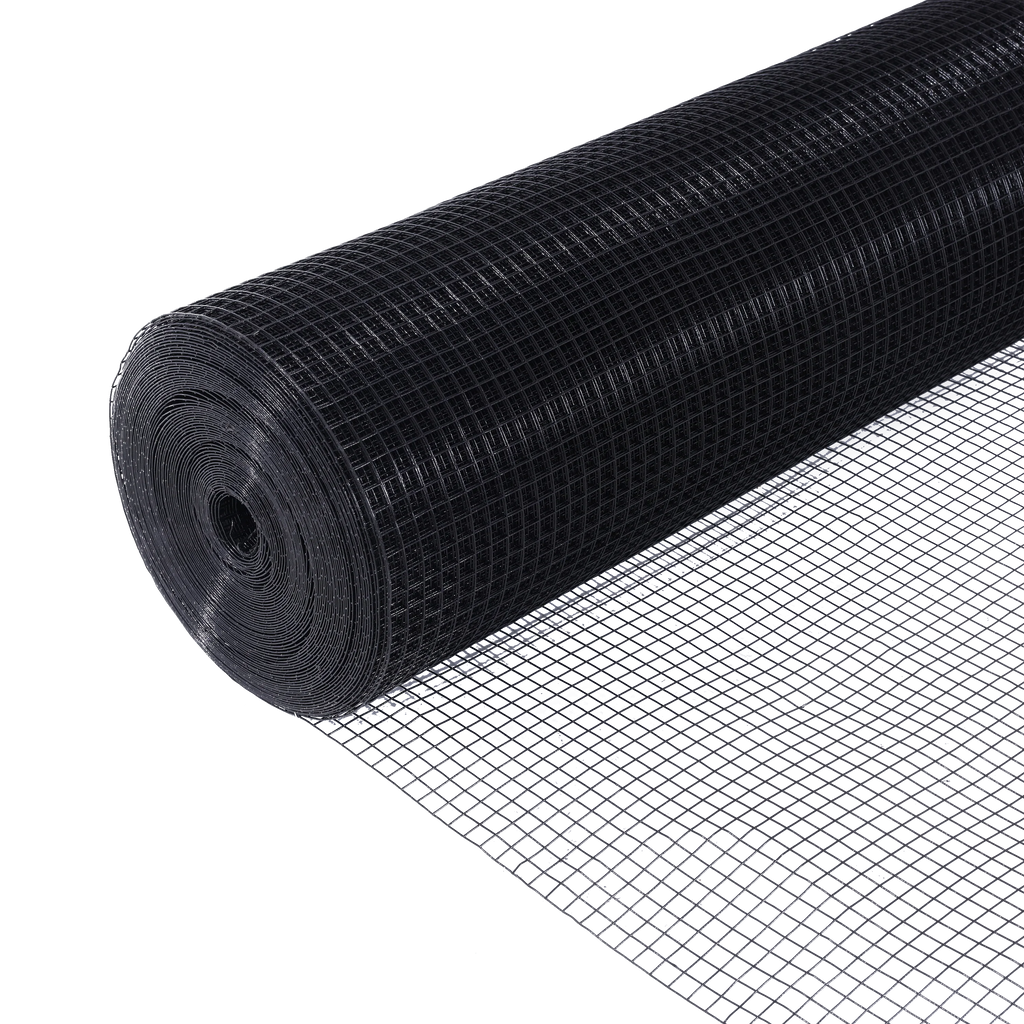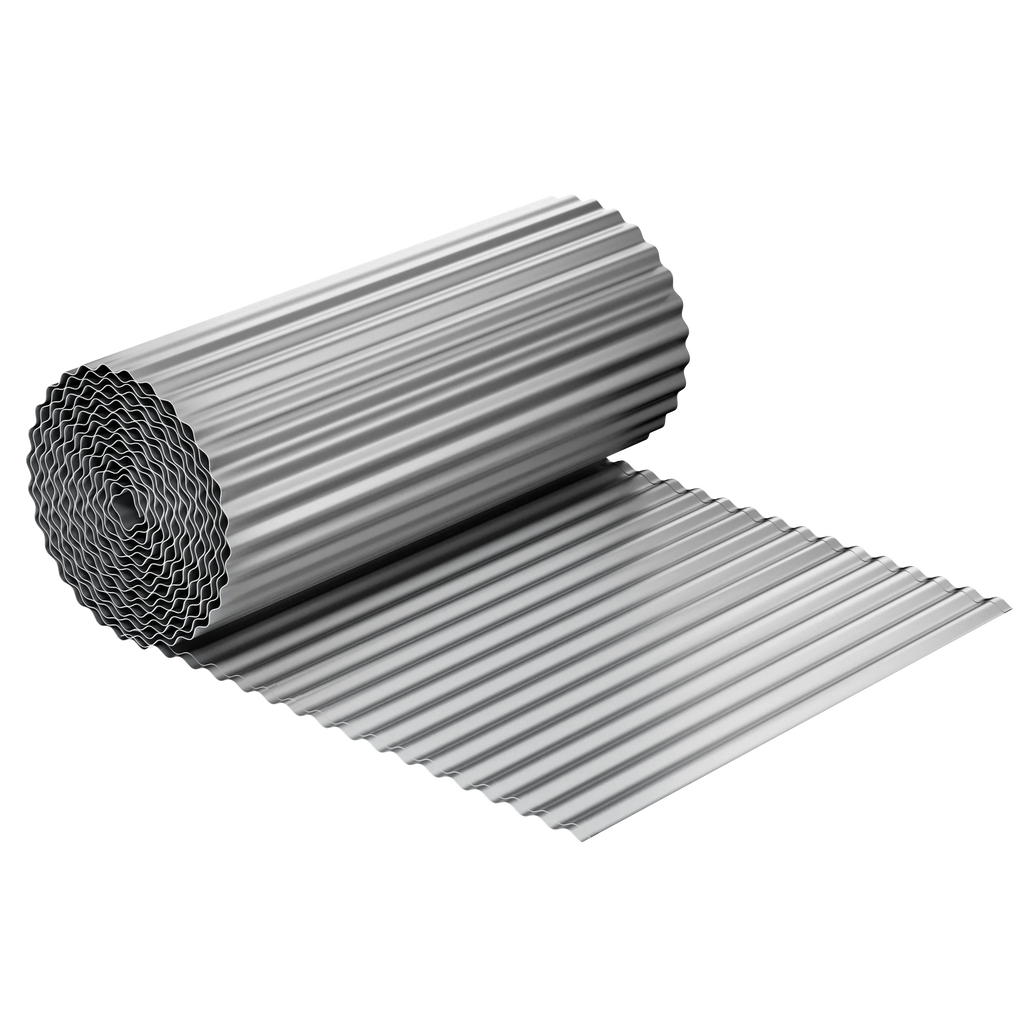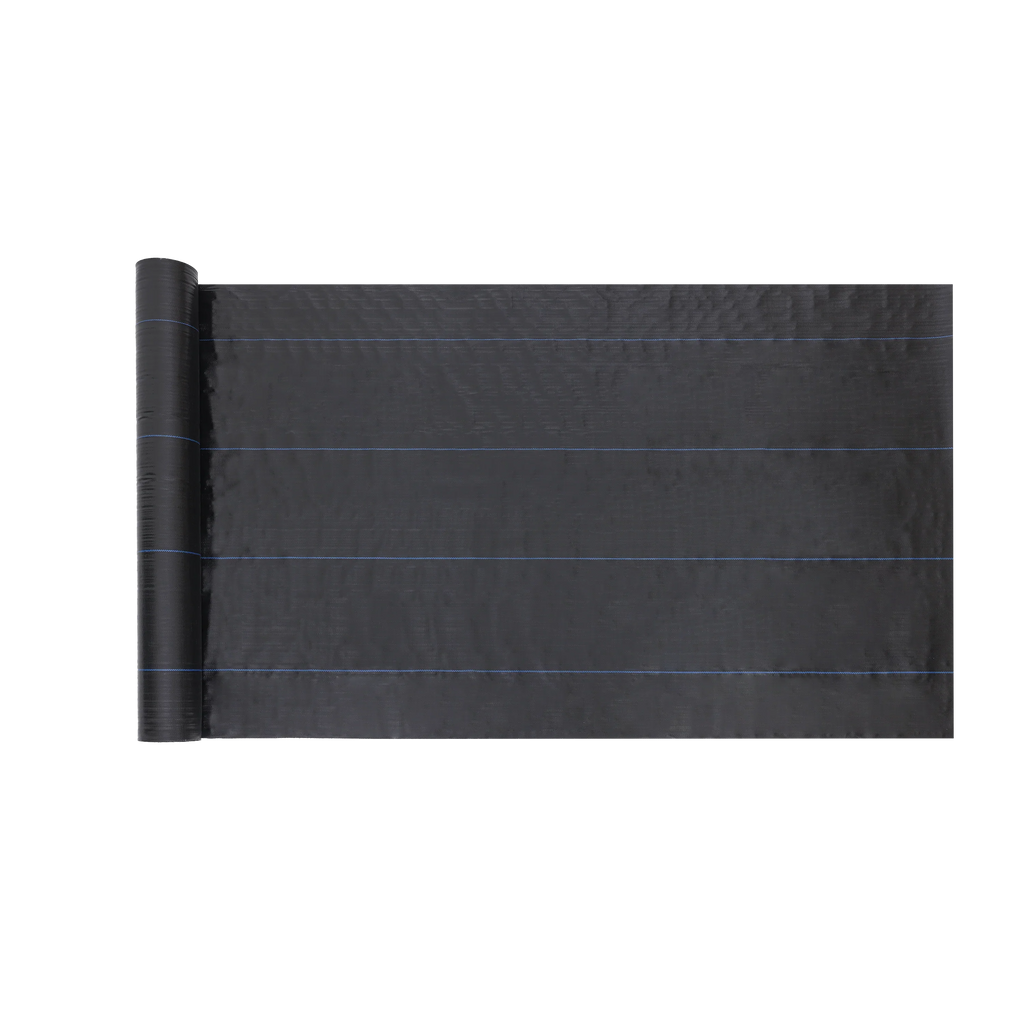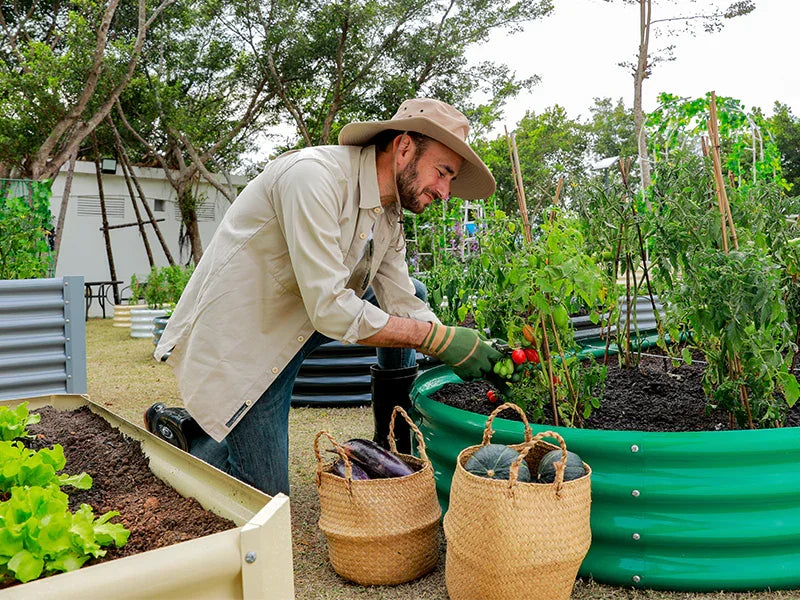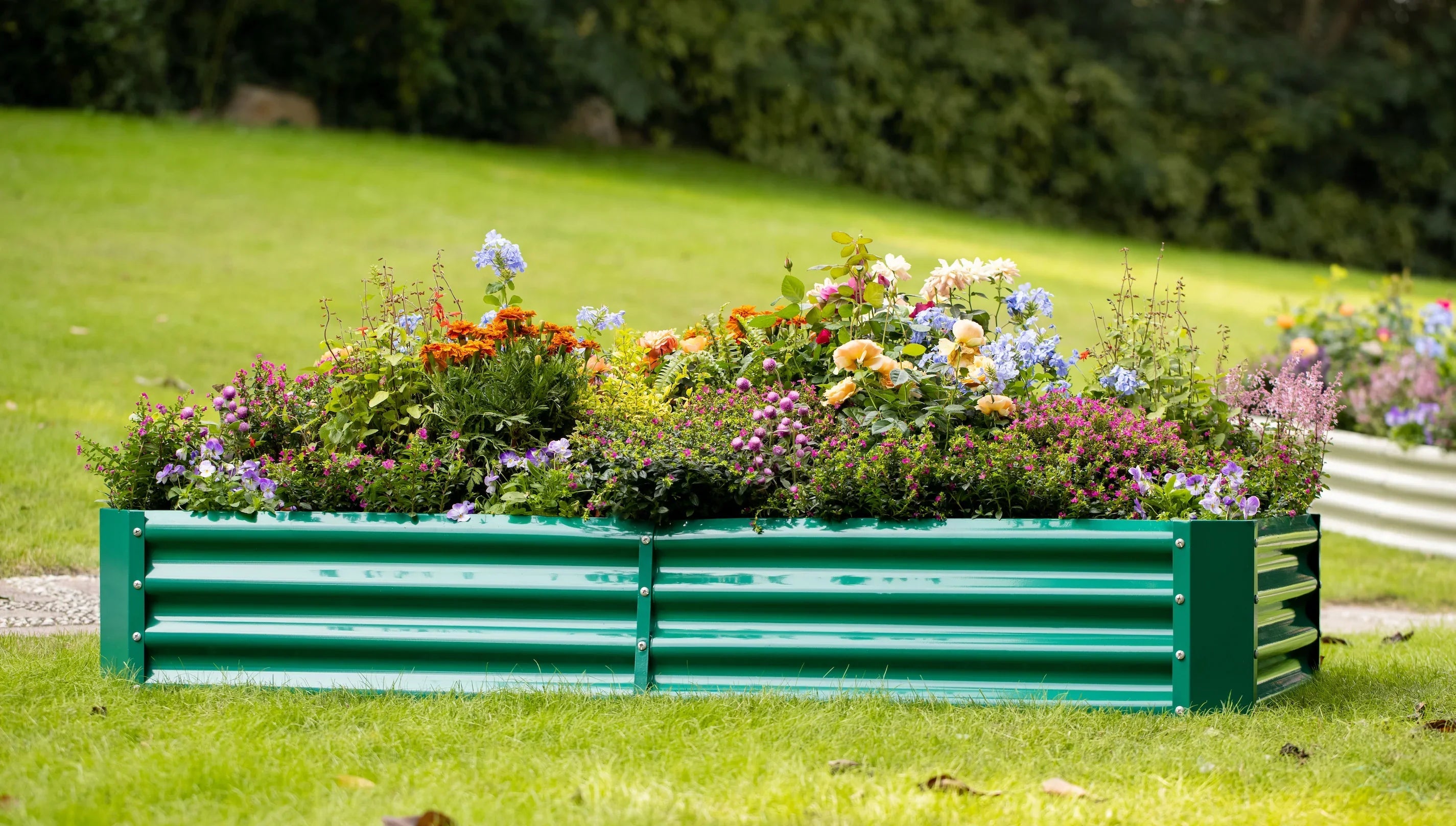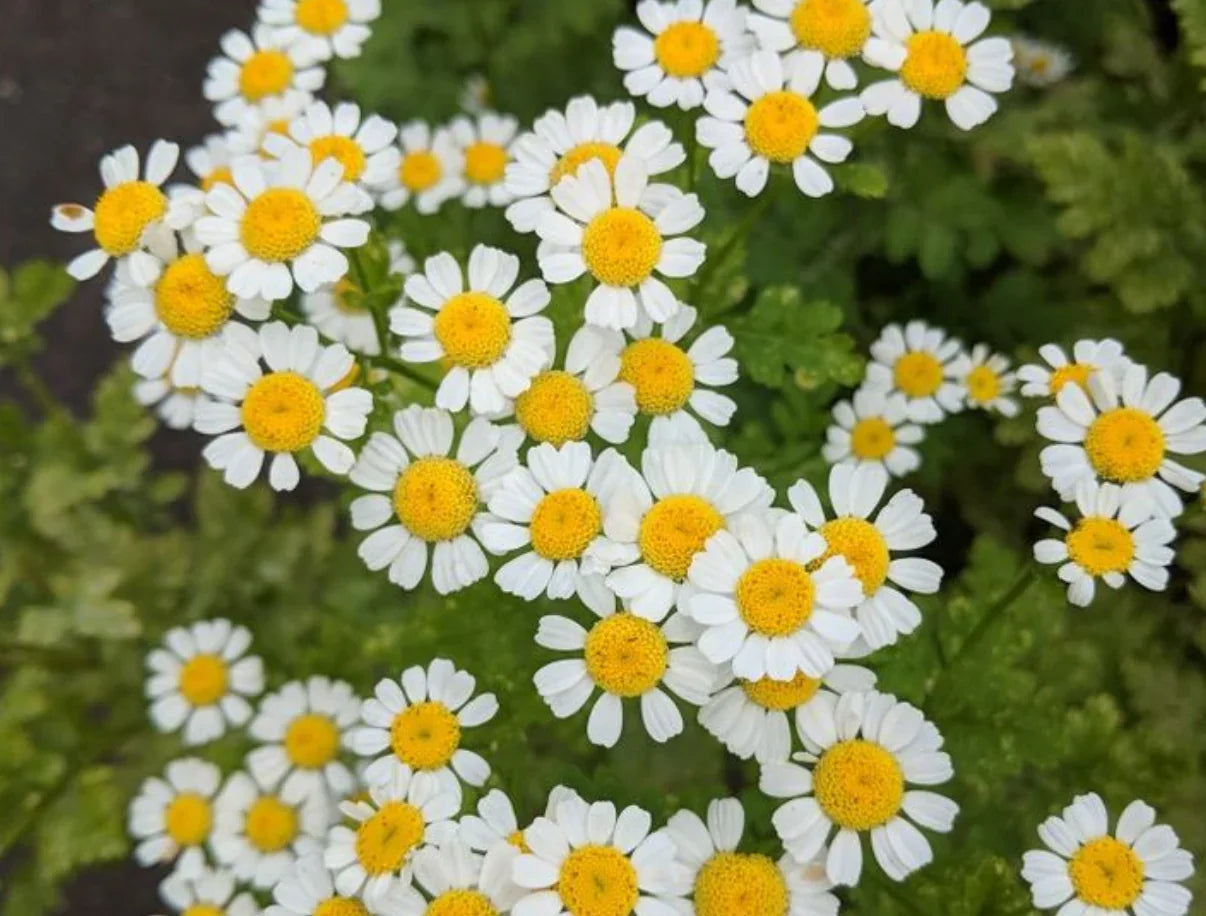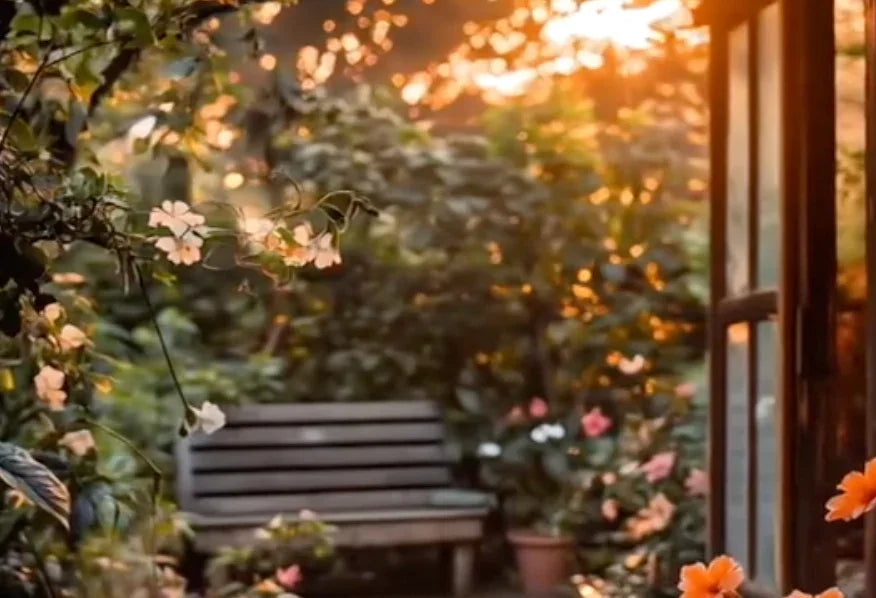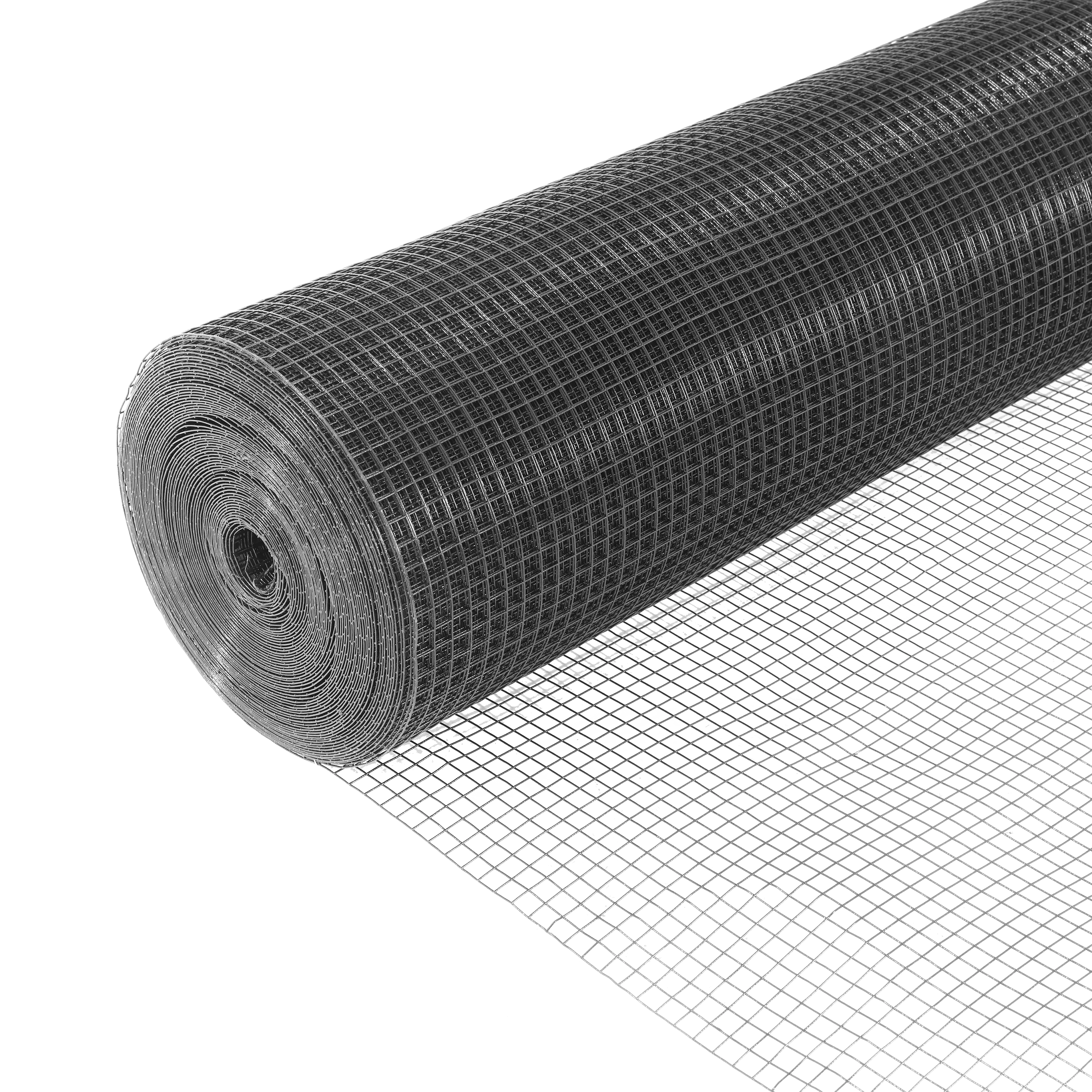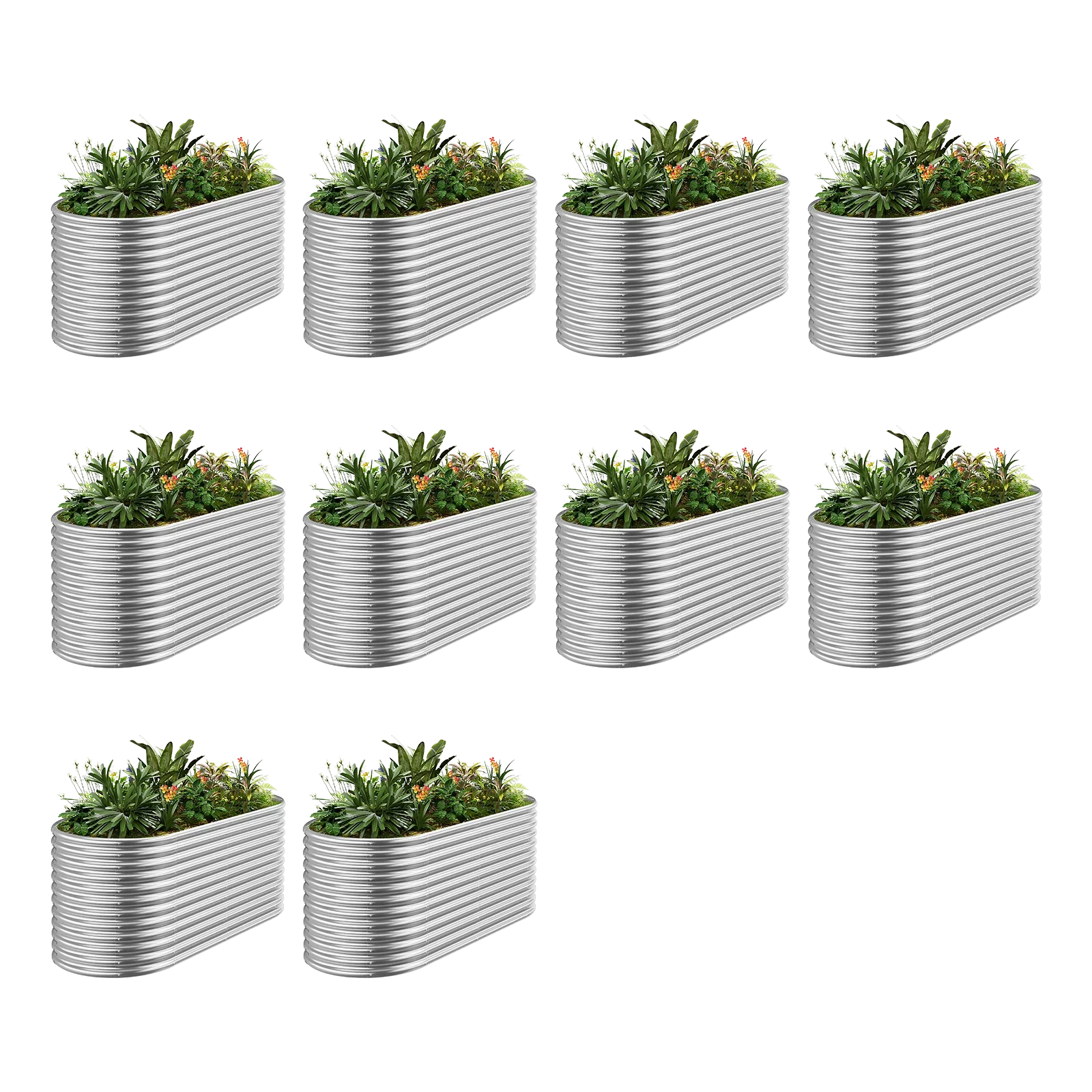Raised garden beds are a fantastic way to elevate your gardening game. These elevated plots, framed with materials like wood or stone, offer practical benefits while adding charm to your outdoor space. Whether you’re growing veggies, flowers, or herbs, a well-designed raised bed can make gardening easier and more enjoyable. Let’s dive into some ideas to create a raised garden bed that’s both functional and beautiful.
What’s a Raised Garden Bed?
Simply put, a raised garden bed is a contained area where soil sits above ground level, usually bordered by a frame. It’s a favorite among gardeners because it improves drainage, lets you control soil quality, and saves your back from too much bending. Plus, it can keep some pests at bay. Ready to design one? Here’s how to blend practicality with style.
Functional Design Ideas
A good raised bed works hard so you don’t have to. Here are some key considerations:
· Pick the Perfect Material
· Wood: Affordable and rustic, though it might rot over time. Go for cedar or redwood for longevity.
· Stone or Brick: Super durable and classic, but it’ll cost you more.
· Metal: Sleek and modern, just watch out for heat buildup in sunny spots.
· Recycled Stuff: Old tires or crates can work if you’re into eco-friendly vibes.
· Size and Shape
Keep the width under 4 feet so you can reach the middle without stretching. Length depends on your space—longer beds might need supports to stay sturdy. Rectangular is classic, but an L-shape or curve can fit tricky corners and look cool too.
· Height Matters
· Low (6-12 inches): Fine for most plants and simple to build.
· Tall (18-36 inches): Perfect for deep-rooted crops or if bending’s tough for you.
· Drainage Done Right
Soggy roots are a no-go. Lay gravel or pebbles at the bottom before adding soil. If the frame’s solid, drill a few holes to let water escape.
· Soil That Shines
Mix compost, topsoil, and organic goodies for a nutrient-packed bed. Skip yard soil—it might bring weeds or bugs you don’t want.
Aesthetic Design Ideas
Your raised bed can be a showstopper. Here’s how to make it pretty:
· Blend It In
Make it a centerpiece or use it to add levels to your yard. A gravel path around it gives a neat, finished look.
· Plants with Pizzazz
Play with height and color—tall sunflowers in the back, herbs in the middle, and bright blooms up front. Think about texture and seasons to keep it lively all year.
· Fancy Touches
Add a trellis for climbers like peas or roses. Edge it with woven willow or metal for flair. Toss in a small sculpture or birdbath for a personal twist.
· Light It Up
Solar lights can glow softly at night, turning your bed into an evening star. String lights work too if you’re hosting a garden hangout.
Keep It Thriving
· Water Wisely: Raised beds dry out faster, so check the soil often.
· Weed Watch: Fewer weeds sneak in, but pull any that do.
· Soil Boost: Top up with compost yearly to keep it rich.
Avoid These Slip-Ups
· Don’t cram plants too close—they’ll fight for light and food.
· Skip drainage, and you’ll drown your roots.
· Cheap soil means weak plants—spend on quality.
Wrap-Up
Building a raised garden bed is a fun mix of smart planning and creativity. With the right materials, size, and a few stylish touches, you’ll have a garden that’s both a workhorse and a beauty. Dig in and enjoy the rewards!










